M&M's Logo Design: History & Evolution

Image Source: https://www.instagram.com/mmschocolate/ | Image Courtesy:M&M's
When it comes to iconic brand imagery, few logos capture the essence of their product as memorably as the M&M's logo design. If you're a graphic designer, you're likely well acquainted with this symbol that's as vibrant and fun as the chocolate treats it represents. The M&M's logo design is not just a recognizable emblem; it's a fascinating case study in branding evolution and creative visual storytelling. Since its inception, this logo has seen subtle changes, adapting to different eras while keeping its core identity intact.
In this article, we'll take an engaging journey through the history and evolution of the M&M's logo design, exploring how it has maintained its charm and resonance through the years. From its color choices to typography, every element of the design speaks volumes about the brand's character. Whether you're a seasoned designer or someone exploring the intriguing world of logo evolution, the tale of the M&M's logo design will surely delight and inspire. Stay with us as we unwrap this visual treat!
M&M's Logo Design History
1941
The M&M's logo design journey began in 1941, a crucial year that saw the birth of an icon. The original design featured a dark and intense color palette, a stark contrast to the vibrant hues we associate with the brand today. Composed of a rich combination of orange and brown, the 1941 M&M's logo design was anything but playful. Its solid brown banner, in a distinctive rectangular shape reminiscent of a shoe, created a backdrop for the heavy lowercase serif lettering in orange.
What stands out about this early iteration of the M&M's logo design is its professional and stable appearance. While it may not have had the fun-loving vibe that later versions would embrace, this design reflected a sense of confidence and reliability. Graphic designers, in particular, might appreciate the deliberate choices made in this original version. It was an emblem that spoke to its time, a symbol of a new product ready to make its mark. Join us as we explore further how this 1941 M&M's logo design laid the foundation for one of the most recognizable brands in the world. The history of the M&M's logo design is a colorful one, and this beginning sets the tone for a rich visual narrative.

Image Courtesy: M&M's
1941 - 1954
The period from 1941 to 1954 was marked by a distinctive style in the M&M's logo design that laid the groundwork for what would become a globally recognized brand. During these years, the logo featured lowercase lettering, executed in a traditional serif-font. What made this design unique was its slightly narrower and stretched height, which gave it a distinctive appearance.
A particularly interesting aspect of this M&M's logo design was the intentional differentiation in the size of the characters. The letter "S" was smaller than the "M"s and the ampersand, a subtle touch that created a visual rhythm and added personality to the logo. This detail might be easily overlooked by a casual observer but provides graphic designers an insight into the thoughtfulness that went into this early design.
The color palette of the original M&M's logo was monochrome, a surprising choice for a brand that would later be synonymous with vibrant colors. This choice further enhanced the elegant and professional appeal of the logo during this era.
These formative years in the M&M's logo design history represent a fascinating chapter of simplicity and refinement, offering a glimpse into a brand finding its identity. The period set the stage for the dynamic evolution that would follow, making the story of the M&M's logo design a rich subject of study for design enthusiasts.

Image Courtesy: M&M's
1954 - 1970
The years 1954 to 1970 saw a striking transformation in the M&M's logo design, marking a significant departure from its earlier renditions. Graphic designers and enthusiasts alike can't help but notice the shift to an uneven, hand-drawn style lettering that breathed life into the brand's visual identity. This period introduced a vibrant yellow color for the typeface, elegantly set against a contrasting black background. The choice of color played a major role in making this version of the M&M's logo design the brightest in the brand's history.
What makes this era in the M&M's logo design particularly compelling is the deliberate move away from the traditional, more conservative design to something more playful and lively. The hand-drawn elements added a touch of whimsy, reflecting perhaps a change in the brand's messaging and a nod to a more youthful and fun-loving audience.
This phase in the M&M's logo design story is a vivid illustration of how color and typography can completely redefine a brand's image. It's a testament to the power of design to evoke emotion and connect with consumers. For those fascinated by logo evolution, the 1954 - 1970 chapter of the M&M's logo design offers rich insights into how a brand can boldly reinvent itself while still holding onto its core essence.

Image Courtesy: M&M's
1970 - 1988
The era from 1970 to 1988 introduced another turning point in the M&M's logo design, reflecting a maturing brand image. The bright, playful yellow of the previous logo gave way to a more sophisticated brown on white color scheme. This color choice represented a return to the roots of the brand, as brown had been a part of the original palette. But the refinement didn't stop there; the lettering itself underwent a transformation, adopting a more confident typeface that resonated with the era's design sensibilities.
This version of the M&M's logo design found its place in the brand's history, staying with the company for an impressive 17 years. The longevity of this design speaks to its success in connecting with consumers and capturing the brand's essence during that period.
Graphic designers looking to understand the evolution of brand identity can learn much from this phase of the M&M's logo design. It's a demonstration of how subtle changes in color and typography can align a logo with the changing times, all while maintaining a consistent core identity. The 1970 - 1988 chapter in the M&M's logo design adds depth to a fascinating narrative, showing the strategic choices that can make a logo stand the test of time.
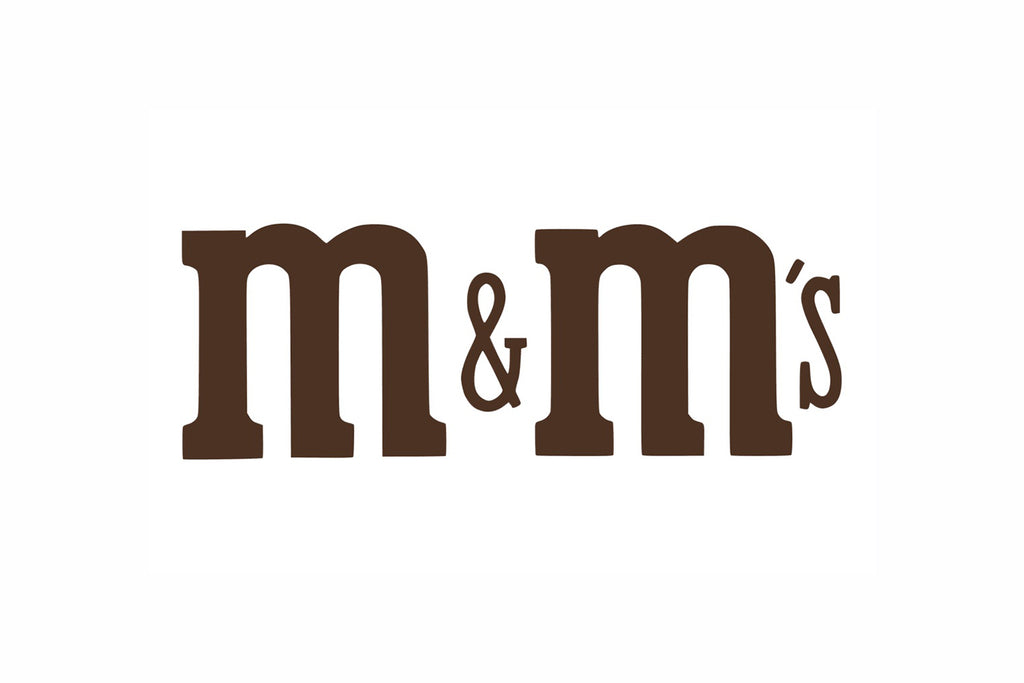
Image Courtesy: M&M's
1986 - 1991
The time between 1986 and 1991 marked another pivotal era in the M&M's logo design evolution. It was during this period that the brand shifted towards a darker, more chocolatey brown as the main color for the logo, symbolizing the core product itself. This choice of color was not just aesthetic but had a deep connection to what M&M's represented.
What's particularly notable about this version of the M&M's logo design is the transition to cleaner and stronger lines in the wordmark. It's a design that might appear simple at first glance but speaks volumes in terms of visual appeal and brand message. The lines were confident and assertive, mirroring a brand that had firmly established itself in the market.
This elegant and powerful logo stayed with the brand for an extended period of 13 years, a testament to its effective design. Graphic designers can draw inspiration from this stage of the M&M's logo design, appreciating how minimalistic changes can create a timeless and impactful visual identity.
The 1986 - 1991 chapter in the M&M's logo design story is a classic example of how simplicity can often be the most profound expression of a brand's essence. It's a lesson in design economy and the power of visual purity, themes that resonate even today.

Image Courtesy: M&M's
1991 - 2000
The decade between 1991 and 2000 brought about a subtle yet impactful change to the M&M's logo design. A redesign in 1991 saw a shift in the shade of brown used in the heavy lowercase inscription. This alteration made the color warmer, lighter, and more evocatively "chocolate." It was a nuanced tweak, yet it breathed new life into the logo, connecting it even more intimately with the delicious product it represented.
Along with the change in color, the M&M's logo design underwent further refinement in the shape of the characters. The letters became slightly wider and shorter, a modification that might seem minor but had a significant effect on the overall visual appeal of the logo. These changes aligned with the evolving preferences of the design world, offering a contemporary touch to an already beloved brand.
For graphic designers, this phase in the M&M's logo design story offers valuable insights into the power of subtle adjustments. It showcases how small changes in color and form can make a substantial difference in perception and branding. The 1991 - 2000 era of the M&M's logo design is a testament to the art of finesse and the nuanced decisions that contribute to the longevity and relevance of a visual identity.

Image Courtesy: M&M's
2000 - 2004
The dawn of a new millennium brought with it a fresh update to the M&M's logo design. The redesign of 2000 infused a brighter tone of brown into the M&M's wordmark, a symbolic move that mirrored the vibrant spirit of the times. But the changes went beyond just the color. For the first time, the logo featured a white and brown outline, adding an intriguing volume to the overall design.
This shift in the M&M's logo design marked a creative exploration of dimension and depth. The added outlines gave a three-dimensional effect that made the logo stand out, imparting a more contemporary feel. The brand was no longer confined to flat designs; it was embracing a new visual language that resonated with the aesthetics of the new century.
For graphic designers and aficionados, this era of the M&M's logo design serves as an engaging case study in how introducing subtle elements can elevate a brand's image. The evolution from 2000 to 2004 in the M&M's logo design illustrates how staying attuned to the design trends of the time can enhance a logo's appeal, making it fresh, yet familiar. It's a lesson in adaptability and the strategic use of visual embellishments to breathe new life into a timeless brand.

Image Courtesy: M&M's
2004 - 2018
The M&M's logo design took a bold and innovative turn in 2004, embracing a fresh perspective that lasted well into 2018. For the first time, the logo was placed diagonally, breaking from traditional horizontal alignments. This decision added an instant dynamism to the design, giving it a more modern and energetic feeling.
But the innovation didn't stop there. The brown in the logo was transformed into a gradient, accompanied by a black shadow. This combination created depth and movement, enriching the logo's visual complexity. The addition of shadows and gradients is a trend that resonated with the design language of the time, allowing M&M's to maintain its iconic status while staying relevant.
The wordmark's placement on a white background, shaped to repeat the contour of the letters, further emphasized the logo's distinctiveness. This cohesive integration between the lettering and the background provided a visual unity that made the logo stand out.
For graphic designers analyzing the M&M's logo design during these years, there are abundant lessons in embracing change, creativity, and modernity. The 2004 - 2018 chapter of the M&M's logo design offers a vivid example of how playing with angles, shadows, and contours can infuse a classic brand with renewed vitality and contemporary appeal.

Image Courtesy: M&M's
2019 - 2022
The period from 2019 to 2022 marked a return to simplicity in the M&M's logo design, yet retained an evolved and contemporary essence. The redesign in 2019 saw the brand bring back the flat two-dimensional shape, opting for the dark brown as the main color of the palette. This return to a more grounded and classic hue had a sense of nostalgia while maintaining a fresh look.
Although the logo returned to a 2D appearance, the lettering continued to be placed diagonally. However, it was revamped to look more minimalist and confident, reflecting a mature brand that knows its identity. One striking feature was the relocation of the ampersand, now positioned over the letters and adorned with a white outline, adding subtle sophistication.
This era of the M&M's logo design speaks to the brand's ability to blend heritage with modernity. It's a lesson in how to pare back and simplify while still retaining a distinctive and forward-thinking design. Graphic designers can draw inspiration from this chapter, recognizing the nuanced ways in which a classic can be reimagined. The 2019 - 2022 phase of the M&M's logo design serves as a testament to the power of elegant simplicity and confident minimalism in a constantly changing design landscape.

Image Courtesy: M&M's
2022 - Present
In the ever-evolving journey of the M&M's logo design, 2022 marked a significant yet subtle transition. The brand's signature diagonal inscription was replaced with a straight horizontal line, a move that might seem simple but carries a lot of visual weight. This change infuses a sense of stability and alignment into the logo, aligning with contemporary design principles.
Interestingly, while the orientation shifted, the shade of brown and the shapes of the characters remained consistent with the badge designed in 2019. It's a thoughtful balance of change and continuity, demonstrating how minor adjustments can create a whole new visual narrative without losing the essence of the brand.
This recent phase in the M&M's logo design is a masterclass in subtle transformation. Graphic designers can find inspiration in how the brand has managed to reinvent itself while staying true to its core identity. The horizontal shift symbolizes a brand that's grounded and self-assured, yet open to innovation.
The M&M's logo design journey from 2022 to the present showcases a maturity in design thinking, where evolution doesn't necessarily mean an overhaul. It's a testament to the power of nuanced changes, and a vivid reminder that in design, as in life, sometimes the simplest shifts can make the most profound impact.

Image Courtesy: M&M's
Analysis: M&M's Logo Design Evolution
The journey of the M&M's logo design is an intricate tapestry of creativity, innovation, and adaptation. Tracing its history reveals insights into design choices that reflect not just the candy's identity but also the cultural shifts and trends that have shaped our visual language over the years. For graphic designers, the M&M's logo evolution serves as a compelling case study in brand development and design thinking. Let's dive into five key points that encapsulate this rich history.
Adaptation to Design TrendsFrom the monochrome palette of its early years to the bright and vibrant gradients, the M&M's logo design has consistently evolved with design trends. The shifts in color, typeface, and layout over the decades provide a glimpse into the broader design landscape of each era. The logo's responsiveness to contemporary tastes has ensured its timeless appeal.
Balancing Tradition and Innovation
The M&M's logo design evolution demonstrates a delicate balance between honoring tradition and embracing change. The brand has managed to innovate and experiment with modern aesthetics without losing its core identity. From the shifts in color schemes to the variations in typography, the logo maintains an underlying continuity that resonates with consumers.
Use of Typography
Typography has played a pivotal role in the M&M's logo design story. Each change in typeface, be it the early serif fonts or the cleaner and stronger lines of later designs, has contributed to the brand's personality. The choices in typography reflect an awareness of both aesthetics and functionality, creating an impactful visual identity.
Subtlety in Color Choices
Color has been a critical factor in the M&M's logo design, mirroring the candy's colorful nature. The evolution from dark and intense hues to lighter and more "chocolate" shades is not just an aesthetic choice; it's a strategic decision that aligns the logo with the product itself. The subtle changes in color over time have created a richer connection between the brand and its audience.
Strategic Simplicity
The M&M's logo design has often leveraged the power of simplicity. Whether it's the return to a flat two-dimensional shape or the decision to write the inscription in a straight horizontal line, the brand has shown that simple and minimalist designs can be profound and expressive. This simplicity is not a reduction but a strategic choice that emphasizes essential elements.
The M&M's logo design evolution is more than a sequence of aesthetic choices; it's a nuanced narrative that reflects the brand's journey, cultural shifts, and design philosophies. For graphic designers, it offers lessons in adaptability, creativity, and the art of blending tradition with innovation. It's a testament to how a logo can grow and change while maintaining its core essence, connecting with generations of consumers through the universal language of design.

Image Source: https://www.instagram.com/mmschocolate/ | Image Courtesy:M&M's
The Philosophy & Meaning Behind M&M's Logo Design
Unraveling the philosophy and meaning behind the M&M's logo design takes us into a world where creativity and strategy blend to form a visual language. The logo isn't just a graphic element; it's a manifestation of the brand's ethos, culture, and the promise it offers to its consumers. For graphic designers and brand enthusiasts, understanding the underlying principles of the M&M's logo design offers insights into how visual elements can convey complex narratives. Let's explore five facets that unfold the philosophy and meaning behind this iconic logo.
Reflection of Product Identity
The M&M's logo design consistently mirrors the product's identity. The use of brown shades aligning with chocolate, and the playful yet professional fonts represent the fun and flavorful experience that M&M's provide. This visual alignment between the product and the logo creates a seamless brand experience, making the logo instantly recognizable and relatable.
Evolving with Consumer Perception
The changes in the M&M's logo design over the years aren't arbitrary. They reflect an acute awareness of consumer perceptions and societal trends. Whether it's the bold and bright color schemes or the minimalist designs, the logo has evolved to resonate with the changing tastes and values of its audience, always keeping the finger on the pulse of consumer culture.
Emphasizing the Brand's Legacy
The M&M's logo design is a testament to the brand's rich legacy. While embracing modernity and change, the logo retains elements that hark back to its origins, such as the consistent use of brown or the recognizable typeface. This blend of the old and new is a philosophical stance that emphasizes the brand's enduring presence and influence.
Simplicity as a Design Philosophy
Simplicity isn't just a design choice in the M&M's logo design; it's a philosophy. The logo's evolution towards more straightforward forms and subtle shades represents a belief in minimalism's power. It reflects an understanding that simplicity can enhance rather than diminish, creating visual clarity and impact.
Innovation within Continuity
The M&M's logo design philosophy also embodies innovation within continuity. The brand has consistently reimagined its visual identity without severing ties with its previous iterations. This approach creates a sense of familiarity while infusing freshness into the logo, demonstrating that innovation and continuity can coexist.
The M&M's logo design is more than a visual trademark; it's a rich tapestry of meanings, philosophies, and strategies. By dissecting the logo's evolution, we uncover a nuanced understanding of how design can communicate a brand's soul. From its color choices to typography, every aspect of the M&M's logo design speaks to a thoughtful and deliberate process that goes beyond aesthetics. It's a lesson in how design can be both an art and a science, guided by both intuition and intellect, and it's a beautiful reminder that a logo can be a window into a brand's very essence.

Image Source: https://www.instagram.com/mmschocolate/ | Image Courtesy:M&M's
What Can We Learn from M&M's Logo Design
The M&M's logo design is more than an eye-catching visual element; it's a masterclass in branding, creativity, and visual storytelling. Its evolution over the decades offers a plethora of insights and lessons that can be invaluable for graphic designers and brand strategists. With its iconic characters, versatile palette, and engaging design, the M&M's logo teaches us how to captivate and communicate. Let's delve into five key learnings that the M&M's logo design imparts.
The Power of Consistency
The M&M's logo design has undergone many transformations, yet it has maintained a cohesive and consistent identity. From the typefaces to the shades of brown, there is a consistent thread that has run through all its versions. This consistency fortifies brand recognition and proves that while evolution is essential, maintaining a core visual language is equally crucial.
Adaptation without Losing Essence
One striking aspect of the M&M's logo design is its ability to adapt without losing its essence. Whether through modernizing its design or aligning with contemporary tastes, the logo has changed without losing its core identity. This adaptability teaches us how to innovate while honoring the brand's roots.
Effective Use of Color Psychology
The M&M's logo design has made strategic use of color to connect with its audience. The color choices aren't merely aesthetic; they echo the product itself, creating an associative link. This thoughtful use of color is a lesson in how design can tap into psychology to create a deeper emotional connection with consumers.
Simplicity as a Strength
The various iterations of the M&M's logo design emphasize that simplicity can be a strength. The gradual move towards minimalist and straightforward designs underscores the idea that less can often mean more. It's a lesson in how simplicity can enhance visual appeal and communication without sacrificing complexity or depth.
Alignment with Brand Personality
The M&M's logo design always aligns with the brand's playful and friendly personality. From the fonts to the layouts, every aspect of the logo has been tailored to reflect the brand's character. This alignment shows how understanding and expressing a brand's personality through visual design can create a more engaging and authentic connection with the audience.
The M&M's logo design is a treasure trove of lessons and insights for graphic designers. It’s a vivid example of how design can be strategic, thoughtful, and emotive. From its consistent evolution to its clever use of color and simplicity, the M&M's logo design serves as an inspiring model of how to build and nurture a brand's visual identity. Whether you're a seasoned designer or just starting, there's wisdom in these colorful candies that can sweeten and enrich your design journey.
Conclusion
The evolution of M&M's logo design is a fascinating journey that mirrors the dynamic shifts in design sensibilities over the decades. Its transformative history showcases the power of adaptability, consistency, and thoughtful design choices. For graphic designers seeking to create lasting and engaging visual identities, the M&M's logo design serves as an inspiring example. Its ability to resonate, evolve, yet remain true to its core values provides a rich lesson in brand storytelling and visual excellence. As we unwrap the layers of this iconic logo, we find timeless insights that speak to the very art of design itself.
Let Us Know What You Think!
These fantastic logo design articles are written and curated by Kreafolk's team. We hope you enjoy our information and remember to leave us a comment below. Cheers!

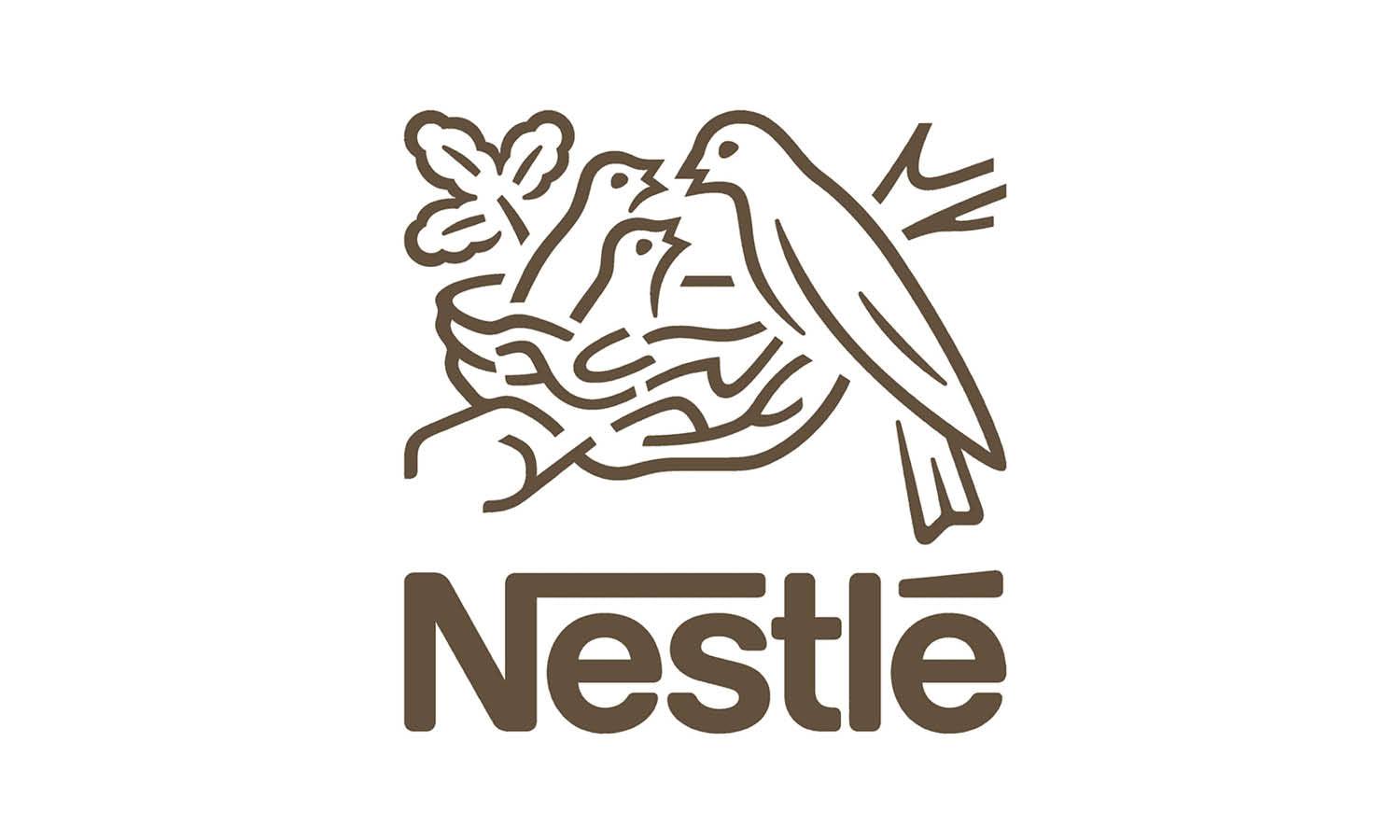

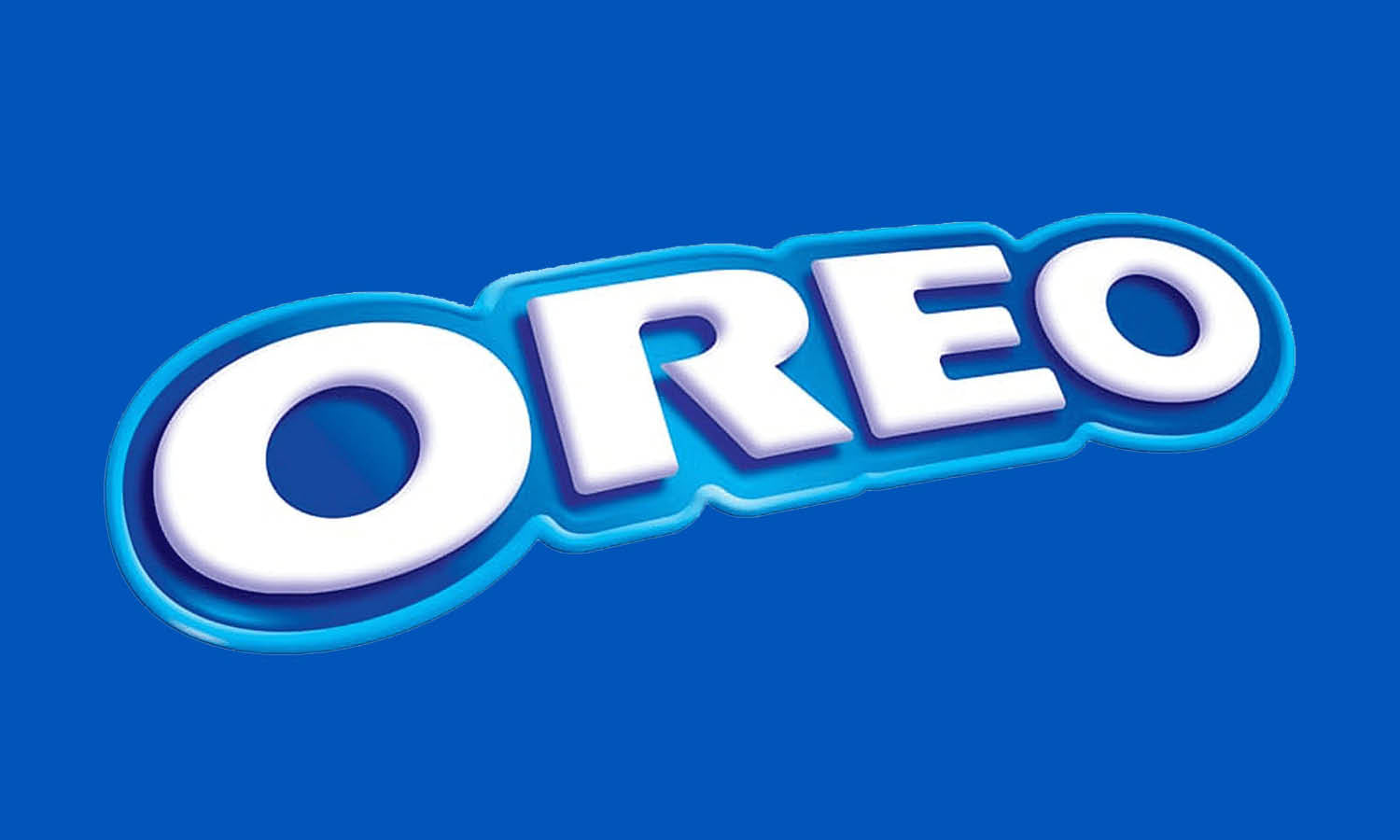
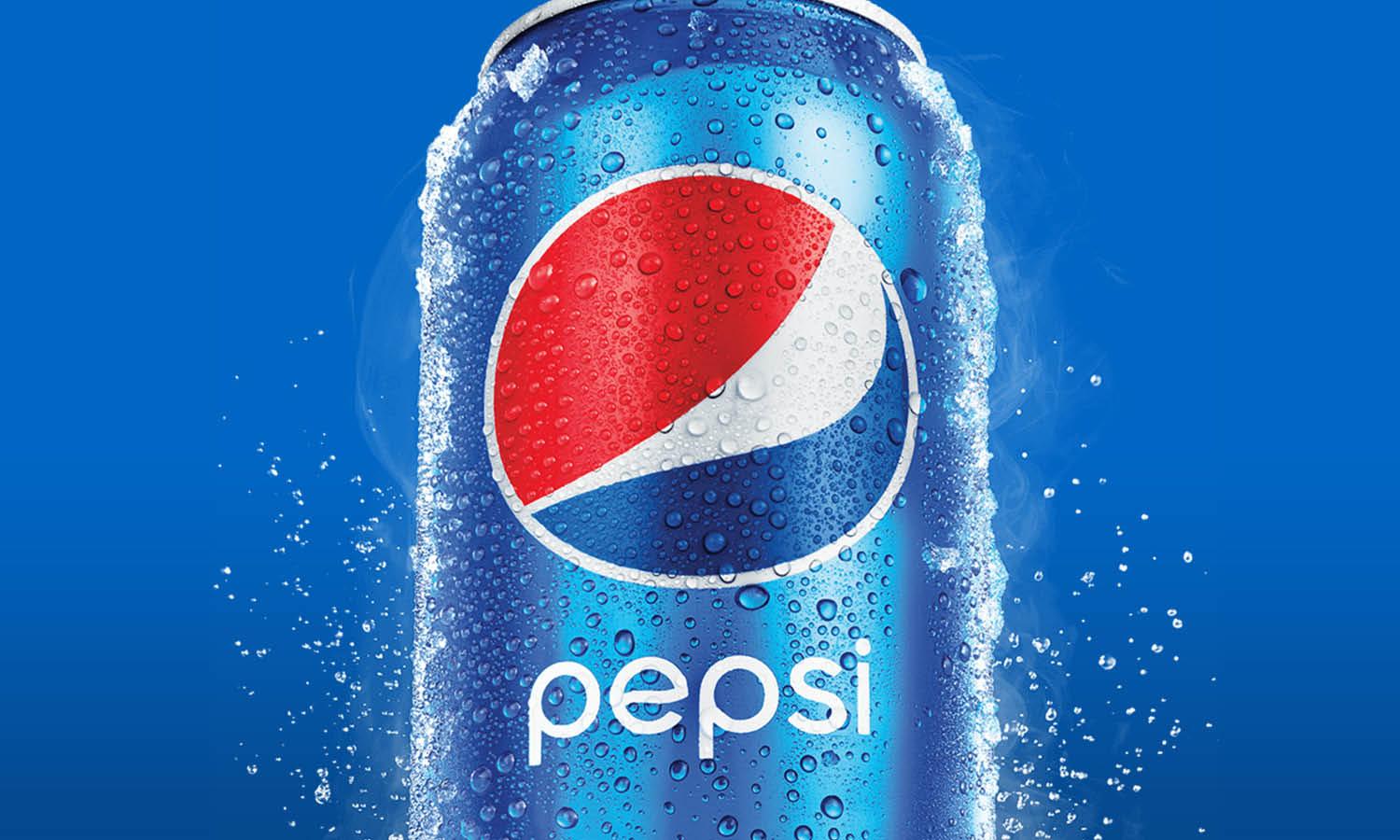
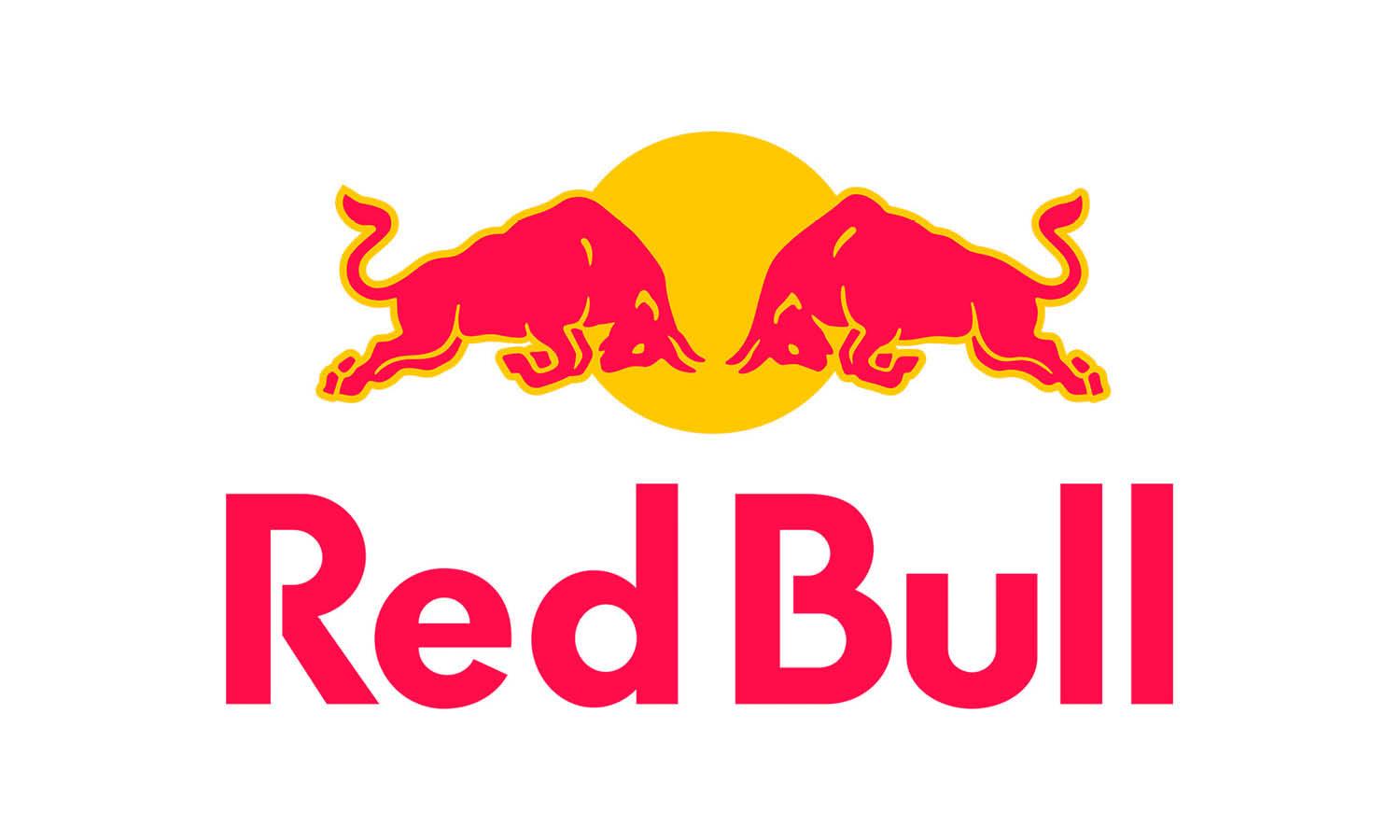
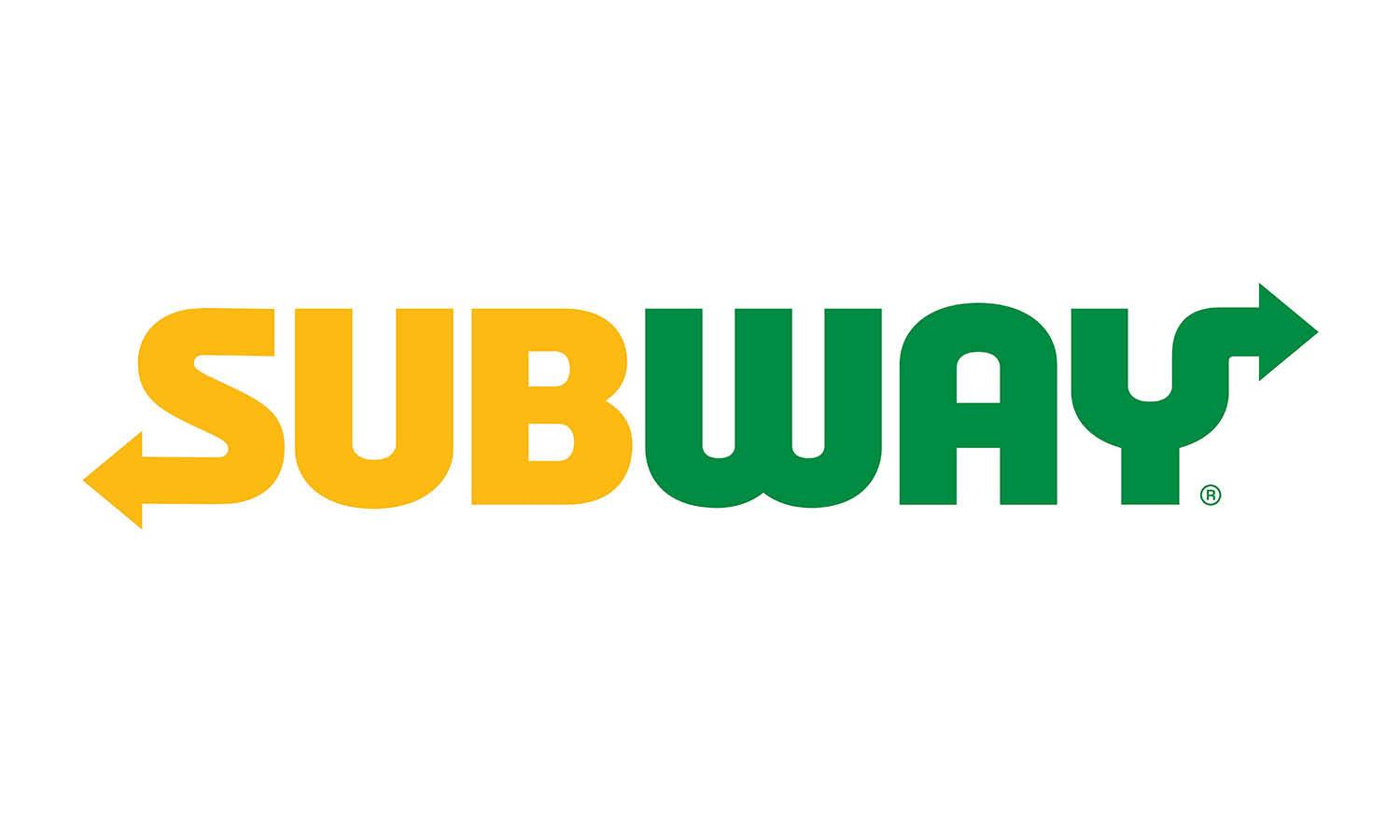








Leave a Comment